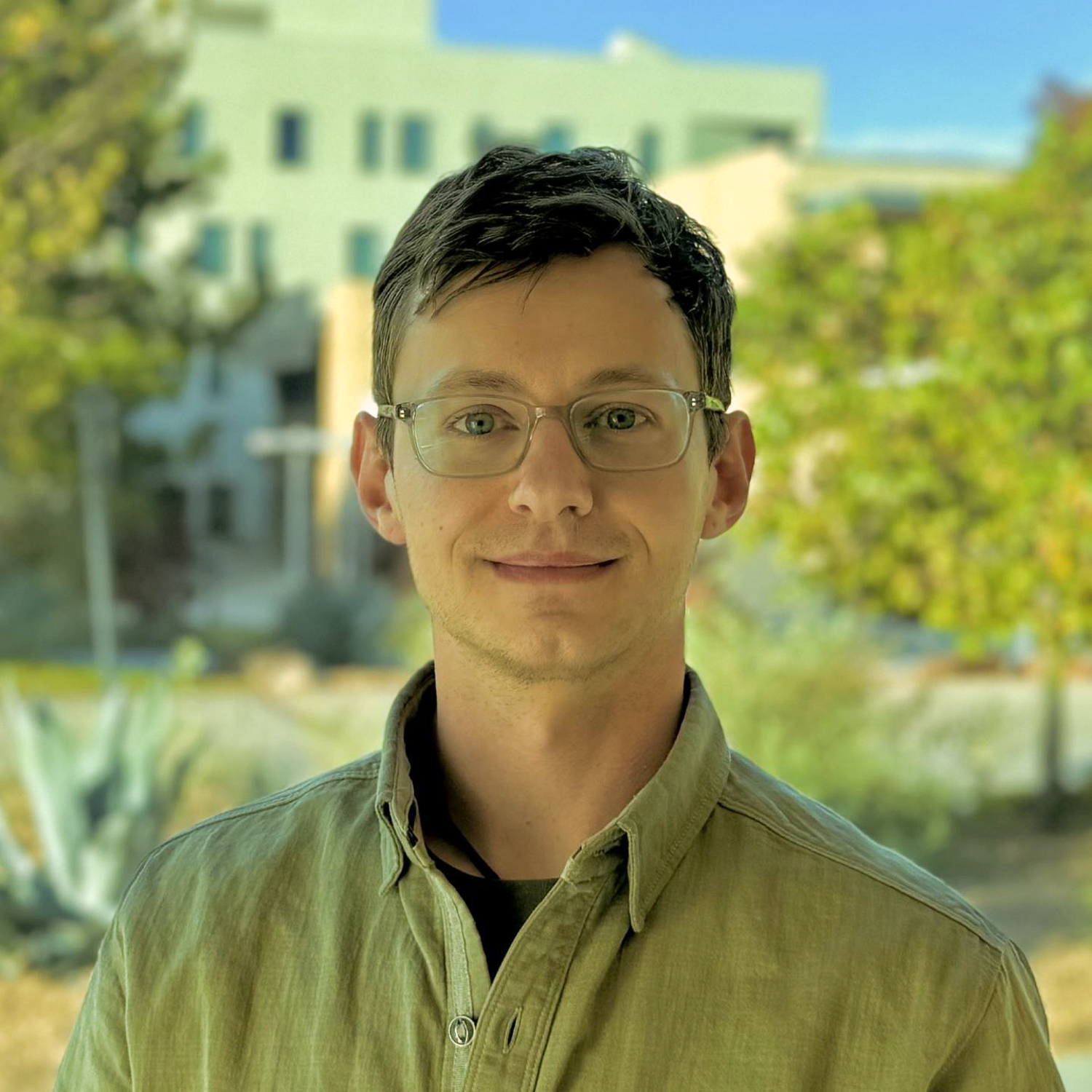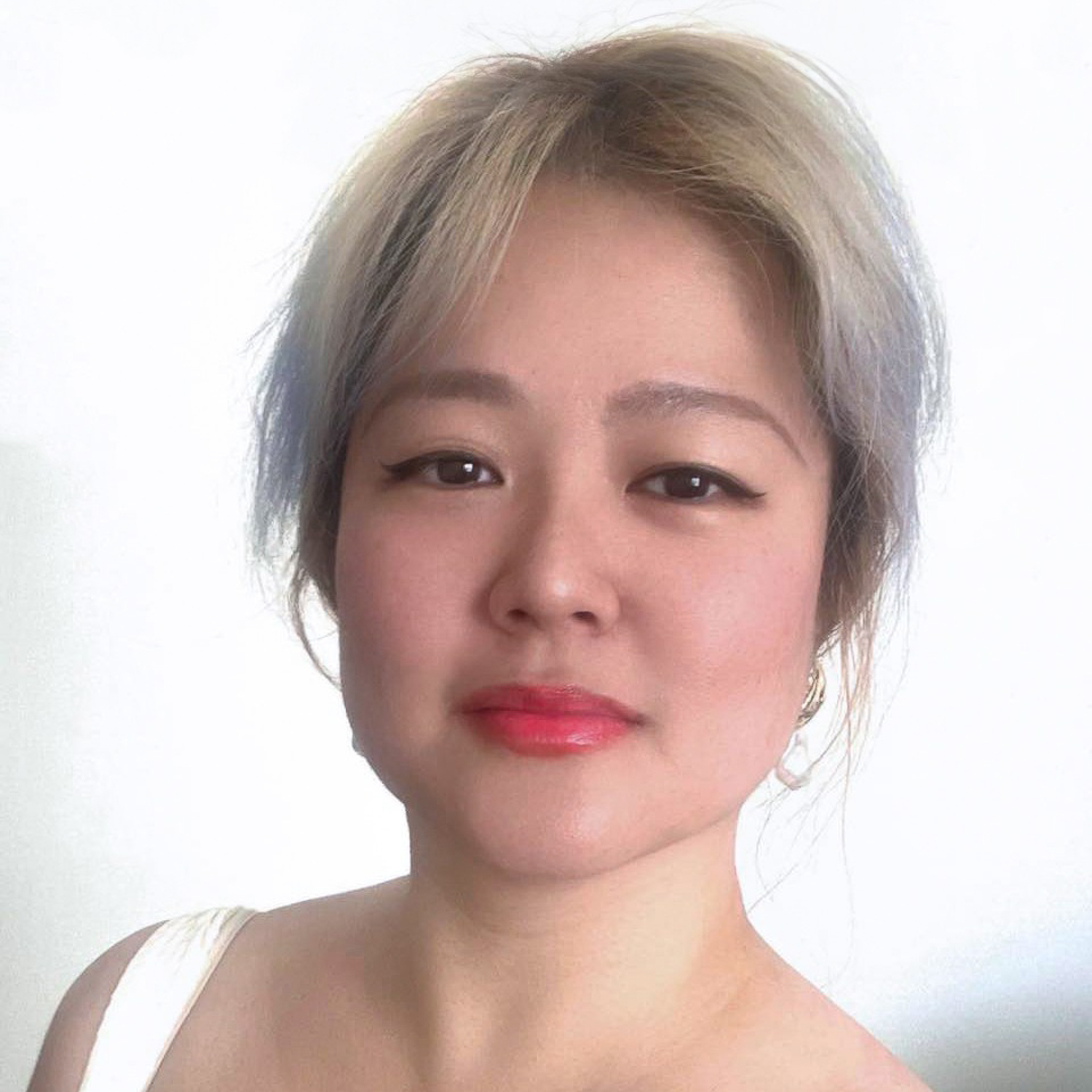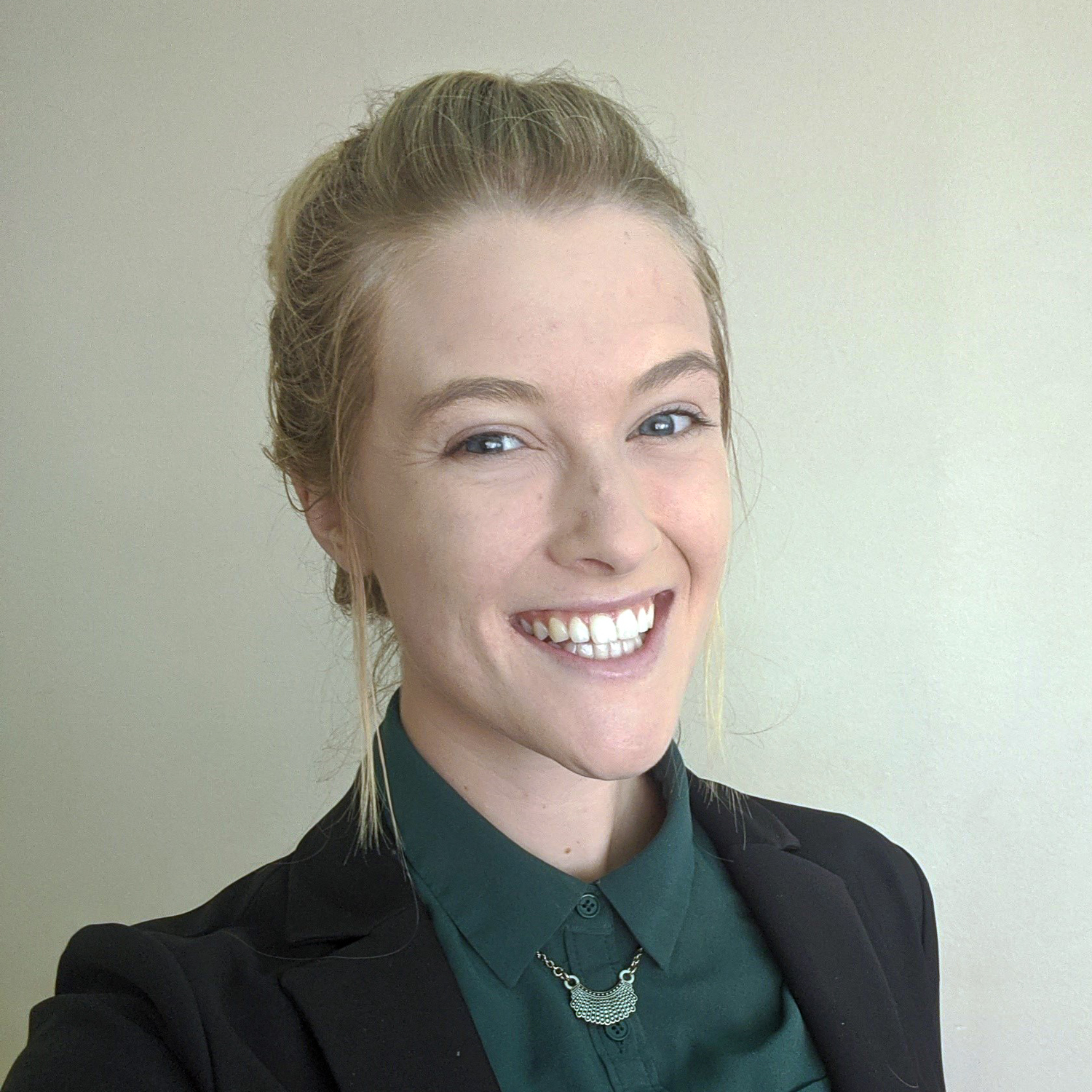BioSymposium: Keynote and Speakers

The University of New Mexico Art Museum is proud to present BioSymposium — a showcase of interdisciplinary research and creative practice that spans the intersections of art, science, and technology. Join us on November 15th from 5:30 – 7:00 PM at UNMAM, in connection with The University of New Mexico’s Research & Discovery Week 2024.
Exploring themes and concepts from UNMAM’s current exhibition, Hindsight Insight 5.0, BioSymposium brings together a selection of artists and researchers who are leading creative innovations and cross-disciplinary explorations at the University of New Mexico. BioSymposium invites attendees to explore Hindsight Insight 5.0 and the vast worlds of biology, art, science, technology, and their respective intersections across UNM’s research landscape.
“Expanding on the collaborative nature of Hindsight Insight 5.0, BioSymposium spotlights the importance and breadth of the arts and design within UNM’s research enterprise, an area that oftentimes may be overlooked,” says Joseph McKee Coordinator of Student Engagement and Technology at the UNM Art Museum, and organizer of BioSymposium.
UNMAM is excited to announce Basia Irland as the keynote speaker of the symposium, with presentations by Chanee Choi, Blair Mirka, and Dustin Roberto. Each will give presentations and share insights on their various bodies of work and research.
We invite you to discover and experience these exciting perspectives at BioSymposium on 11/15 at 5:30PM at UNMAM.
Read more about these individuals and their presentations below.
Art and Science Collaborations with Water
Having always collaborated with scientists, I find our work together exhilarating as we share knowledge from differing fields about international water issues. Working with parasitologists and epidemiologists, I have created a series of artistic/scientific scrolls focused on waterborne diseases that led to a grant with Dr. Sam Loker, the former Chair of UNM’s Biology Department, to produce and film a video documentary about Schistosomiasis, entitled, “Bilharzia Blues: An Integrated Artistic/Biological Approach to Schistosomiasis in Egypt, Ethiopia and Nepal.” This then led to a lecture presented to medical students at an Oregon hospital. Dr. Sara Ahmed, founder of the Living Waters Museum, India, created a timeline of waterborne illnesses in the Mumbai region entitled, “A Fatal Course of History,” which was illustrated with my scrolls. The small rural town of Walkerton, Ontario, Canada invited me to work with their community after half their population of 4000 became sick, and seven people died from drinking infected water that had entered the municipal system laced with Escherichia coli O157:H7 and Campylobacter jejuni. Sixteen of these Waterborne Disease Scrolls have recently been acquired by the American Society of Microbiology Archives.
When constructing the Backpack/Repositories, archives of river journeys; carving Ice Books for riparian restoration; and writing waterway essays for my new book, “What Rivers Know, Listening to the Voices of Global Waterways,” I have collaborated with scientists. These awesome adventurers include an algae specialist, whose research interest is aqueous diatoms. Our new friendship led me to construct a Backpack/Repository in the shape of a navicular diatom along the Oconee River in Georgia. A few other examples of collaborators include a professor of biogeophysics on Boulder Creek, Colorado; a freshwater stream ecologist and members of the Nisqually Tribe on the Nisqually River, Washington; a riparian botanist on the Big Wood River, Idaho; and along the Saskatchewan River we worked with members of the Swampy Cree Tribe and scientists from the Global Institute for Water Security, University of Saskatchewan, Canada.
In Singapore, faculty from the Asian School of the Environment, Nanyang Technological University, were invaluable while investigating together important water issues on this island nation that is recycling their wastewater. While canoeing lazily along the French Broad River in Asheville, North Carolina several years ago with a geologist, neither of us could have imagined the immense destructive flooding that recently inundated the town. During an environmental conference in Beijing, I owe a dept of gratitude to a University of Technology professor who drove me to reservoirs up in the mountains as we studied the Chaobai River.
Here in New Mexico, on my decades-long projects along the length of the Río Grande, I have collaborated with hydrologists, and many friends from the Pueblos including Dr. Greg Cajete, Santa Clara Pueblo, the former Director of Native American Studies at UNM with whom I team-taught and learned about TEK (traditional ecological knowledge) and SEK (scientific ecological knowledge.)
I look forward to seeing you all on November 15 and discussing this work with you.
 Biography: Fulbright Scholar Basia Irland is an artist, author, and activist who creates international large-scale water projects featured in her books Water Library (UNM Press) and Reading the River: The Ecological Activist Art of Basia Irland (Museum De Domijnen, the Netherlands). A monograph, Basia Irland, Repositories: Portable Sculptures for Waterway Journeys, is authored by Patricia Watts. Texas A & M University Press will publish What Rivers Know: Listening to the Voices of Global Waterways. Irland’s website contains extensive documentation, including collaborations with scientists, essays about global rivers written for National Geographic, and images from her museum retrospective in the Netherlands. Waterborne Disease Scrolls are based on research with epidemiologists in Nepal, Egypt, and Ethiopia that were acquired by the American Microbiology Society Archives. A Gathering of Waters fosters dialogue and connects communities along the entire length of rivers, accompanied by portable backpack Repositories, archives of the projects. Ice Receding/Books Reseeding are hand-carved ephemeral Ice Book sculptures embedded with seed texts that are floated down streams to aid riparian restoration and raise awareness about climate disruption. Irland is professor emerita, Department of Art, UNM, where she founded the Art & Ecology program. Her projects have been featured in over seventy international publications.
Biography: Fulbright Scholar Basia Irland is an artist, author, and activist who creates international large-scale water projects featured in her books Water Library (UNM Press) and Reading the River: The Ecological Activist Art of Basia Irland (Museum De Domijnen, the Netherlands). A monograph, Basia Irland, Repositories: Portable Sculptures for Waterway Journeys, is authored by Patricia Watts. Texas A & M University Press will publish What Rivers Know: Listening to the Voices of Global Waterways. Irland’s website contains extensive documentation, including collaborations with scientists, essays about global rivers written for National Geographic, and images from her museum retrospective in the Netherlands. Waterborne Disease Scrolls are based on research with epidemiologists in Nepal, Egypt, and Ethiopia that were acquired by the American Microbiology Society Archives. A Gathering of Waters fosters dialogue and connects communities along the entire length of rivers, accompanied by portable backpack Repositories, archives of the projects. Ice Receding/Books Reseeding are hand-carved ephemeral Ice Book sculptures embedded with seed texts that are floated down streams to aid riparian restoration and raise awareness about climate disruption. Irland is professor emerita, Department of Art, UNM, where she founded the Art & Ecology program. Her projects have been featured in over seventy international publications.
Obsessed with Southwest: Public Health and Cultural Manufacturing
This research examines how cultural expressions from New Mexico, which are often a focus of anthropologists, consumer markets, and the art world, intersect with public health outcomes in the region. Specifically, it analyzes how social inequities, arts and tourism industries, and historical narratives influence public health and social perceptions in the region. Using community-based field research findings, visual accompaniments, and statistical data, this study presents information that elaborates on how social determinants of health have been influenced by inaccurate cultural representation, economic exchange, and past anthropology practices.
 Biography: Dustin Roberto is a student at the University of New Mexico majoring in Population Health. As a writer for UNM Health Sciences, he offers analysis of current health topics and provides updates about public health research conducted at UNM. His areas of interest include social epidemiology, health policy development, and the role of artificial intelligence in health data.
Biography: Dustin Roberto is a student at the University of New Mexico majoring in Population Health. As a writer for UNM Health Sciences, he offers analysis of current health topics and provides updates about public health research conducted at UNM. His areas of interest include social epidemiology, health policy development, and the role of artificial intelligence in health data.
Dustin’s current research uses a qualitative approach to assess how public health outcomes are connected to social, economic, and historical factors. His work examines how structural health disparities in the Southwest have been influenced by representation, public policy, and misuse of cultural property. Additionally, it focuses on the way cultural histories are adapted, commodified, and transformed when removed from the Four Corners states, while tracking quantifiable impacts on public health.
Remembrance Project
This presentation centers on the Remembrance project, an ongoing endeavor since 2019 that transcends conventional medical perspectives on dementia to explore its broader philosophical and relational dimensions. Integrating machine learning technologies with elements inspired by East Asian shamanic traditions, the project provides a unique lens to examine the complexities of cognitive decline, emphasizing the paradox of the human brain’s persistent quest for understanding amid progressive impairment.
Within this context, Remembrance: Magma is an immersive 3D animation that combines machine learning, cutting-edge neuroscience, East Asian aesthetics, and a deeply personal narrative to explore the intricacies of dementia. It goes beyond medical perspectives to delve into the philosophical, relational, and poetic layers of the condition.
 Biography: Dr. Chanee Choi (Chanhee Choi) is a transdisciplinary artist and educator. Her art practice transcends the conservative and isolationist roots of traditional East Asian craft by celebrating feminist theory and modern technology through ritualistic, craft-based work. She creates both embodied and virtual immersive experiences that explore the impact of immigration on identity and the synesthetic processes of corporeal-cognitive space.
Biography: Dr. Chanee Choi (Chanhee Choi) is a transdisciplinary artist and educator. Her art practice transcends the conservative and isolationist roots of traditional East Asian craft by celebrating feminist theory and modern technology through ritualistic, craft-based work. She creates both embodied and virtual immersive experiences that explore the impact of immigration on identity and the synesthetic processes of corporeal-cognitive space.
Originally from South Korea, Chanee is now based in Albuquerque, New Mexico, where she serves as an assistant professor in the Department of Film & Digital Arts at the University of New Mexico. She holds a BFA in Craft Design from Dongduk Women’s University (2013), an MFA in Fiber and Material Studies from the Art Institute of Chicago (2016), and a Ph.D. in Art and Technology from DXARTS at the University of Washington (2022). Her work has been featured in publications including UW News, UW College of Arts & Sciences, GeekWire, International Examiner, Seattle Times, KUOW NPR, KING-TV, ISEA, SIGGRAPH Asia, and WIRED magazine.
America’s Next Top Model: 3D Modeling for Museum Specimen
Macro photogrammetry using Structure from Motion (SfM) is widely used in museums and biorepositories to create high-resolution, synthetic 3D models. This study investigates the impact of key-photogrammetric parameters; horizontal image overlap, vertical image overlap, and focus stacking, and how these parameters impact the final 3D model, focusing on how any errors can be translated into a rendered image which would be critical to understand for use as synthetic training data for machine learning applications. Using ten ground beetle specimens, the parameters were systematically checked on a variety of beetles of differing shapes, sizes and colorations including beetles with iridescent carapaces. While focus stacking has traditionally been considered essential for improving depth of field and overall image sharpness within the 3D model the results of this research find that modern cameras and advances in photogrammetric software show reduced benefits within the model and can be a source of error in the final rendered image. Focus stacking also requires considerably more processing time (3 -4 hrs. compared to non-focus stacking which takes 5 – 10 minutes) and storage requirements providing fundamental limitations to larger digitization efforts. Imaging capture parameters such as horizontal and vertical overlap were found to have a much more significant impact on the effects of model quality with the overall best preforming method using non-focus-stacked images, captured at five angles, with a 20° vertical rotation between each imaging line with the specimen being rotated 11.25°. These results challenge the necessity of focus stacking as a blanket best practice for all use cases in contemporary workflows, indicating there may be circumstances where non-focus stacking images may be best practice particularly if the end goal is rendered images.
 Biography: Blair Mirka is a PhD candidate in the Department of Geography and Environmental Studies. Her dissertation explores the use of 3D models generated from museum specimens as synthetic training data for computer vision, with a focus on ground beetles (Carabidae). Using Structure from Motion, a photogrammetric modeling technique, her research seeks to incorporate rare and elusive morphologies into training datasets to improve species identification accuracy. This work focuses on improving biodiversity monitoring and automated species recognition, supporting conservation efforts and ecological studies in remote or challenging environments.
Biography: Blair Mirka is a PhD candidate in the Department of Geography and Environmental Studies. Her dissertation explores the use of 3D models generated from museum specimens as synthetic training data for computer vision, with a focus on ground beetles (Carabidae). Using Structure from Motion, a photogrammetric modeling technique, her research seeks to incorporate rare and elusive morphologies into training datasets to improve species identification accuracy. This work focuses on improving biodiversity monitoring and automated species recognition, supporting conservation efforts and ecological studies in remote or challenging environments.
